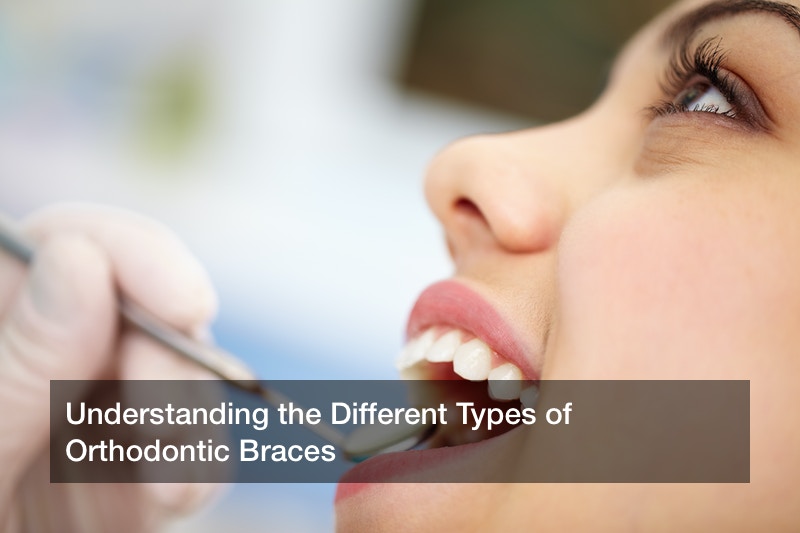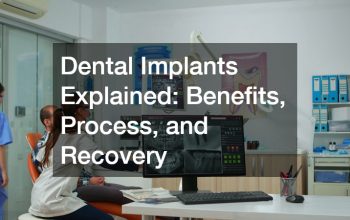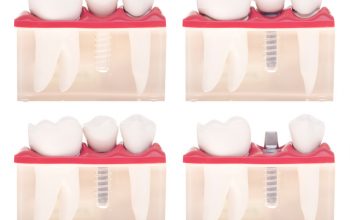

Dental braces are a type of orthodontic treatment that helps to correct a range of dental malocclusion, including overcrowding, overbite, overjet, underbite, crossbite and open bite. Though teenagers are the one who mostly uses braces, adults too are slowly embracing the treatment.
Types of Dental Braces
There are a number of factors that will inform the type of brace to use and your orthodontist will advise you on that. Age and the nature of your malocclusion will determine the device to use as well as the success rate of the treatment. If you have an overbite or underbite besides having crooked teeth the braces can be customized for your specific needs.
When you hear of dental cases what often comes to mind are the traditional metal braces and the single brackets attached on your teeth surface. Then an archwire connects the brackets and adjusted periodically to put tension on your teeth and jawline, slowly pulling them to their normal position. And elastic rings, commonly known as O-rings, joins the orthodontic brackets to the archwires. The rings are replaced on regular orthodontist visits.
Other types of cases include Invisalign, lingual and self-ligating braces, clear or ceramic braces.
- Invisalign are clear aligners and considered the most effective type of orthodontic cases used to correct teeth misalignment. Commonly used by adults, Invisalign are custom made and their virtual invisibility makes them a favorite choice for many looking to fix bite problems and align teeth. Also, they are removable so you can clean, brush and floss your teeth normally and most importantly enjoy your meals without worrying about the braces.
- Lingual Bracesare your typical metal braces, however, instead of being attached on the surface of the teeth, they are placed on the back of the teeth, totally obscuring it from naked eyes. They are a popular choice among children and adults and offer numerous advantages compared to other types of braces. Lingual braces are virtually invisible and designed to perfectly align the teeth from the inside.
- Ceramic Braces are the advanced alternative to traditional metal braces in that they feature relatively small brackets, which are far less noticeable and invisible. It also has the archwires but now more colored options are available to complete a perfectly virtually invisible brace.
- Self-litigating Braces are attached pretty much the same way as conventional but except for elastic bands or metal ties. These ligature are replaced with special brackets connected by an archwire and periodically adjusted to align your teeth. These brackets offer your teeth more freedom, relieving any discomfort
How Much Do Braces Cost?
The cost of braces will vary for both children and adults across different orthodontic specialists. For children, braces typically cost between $3,000 to $5,000 for out of pocket payment. Depending on your health and insurance plan, braces for children can be fully or partially covered.
Orthodontic adult cases such as Invisalign can range anywhere between $5,000 to $7,000, however, the treatment is usually not covered by many health and dental insurance providers. Fortunately, many of the orthodontists are now offering flexible payment plans to allow patients to afford the treatment.
Treatment Period and Caring for Your Braces
When it comes to teeth straightening, the period it will take for proper alignment will vary for every person. You are essentially expected to wear braces for as long as your orthodontist says. This can range from one to three years depending on how well you take care of it and if you are following your orthodontist instructions.
Wearing a brace is one thing but taking care of it is another thing. There are foods and drinks you ought to avoid after getting your braces and they include anything hard, chewing gum, fizzing and sugary drinks and starchy foods. This is to avoid food being trapped by the braces, which can cause tooth decay.
Also, ensure regular visits to your orthodontist for a checkup and replacement of O-rings when necessary. Braces don’t offer instant results and therefore you need to be patient with the treatment while appreciating the process.



